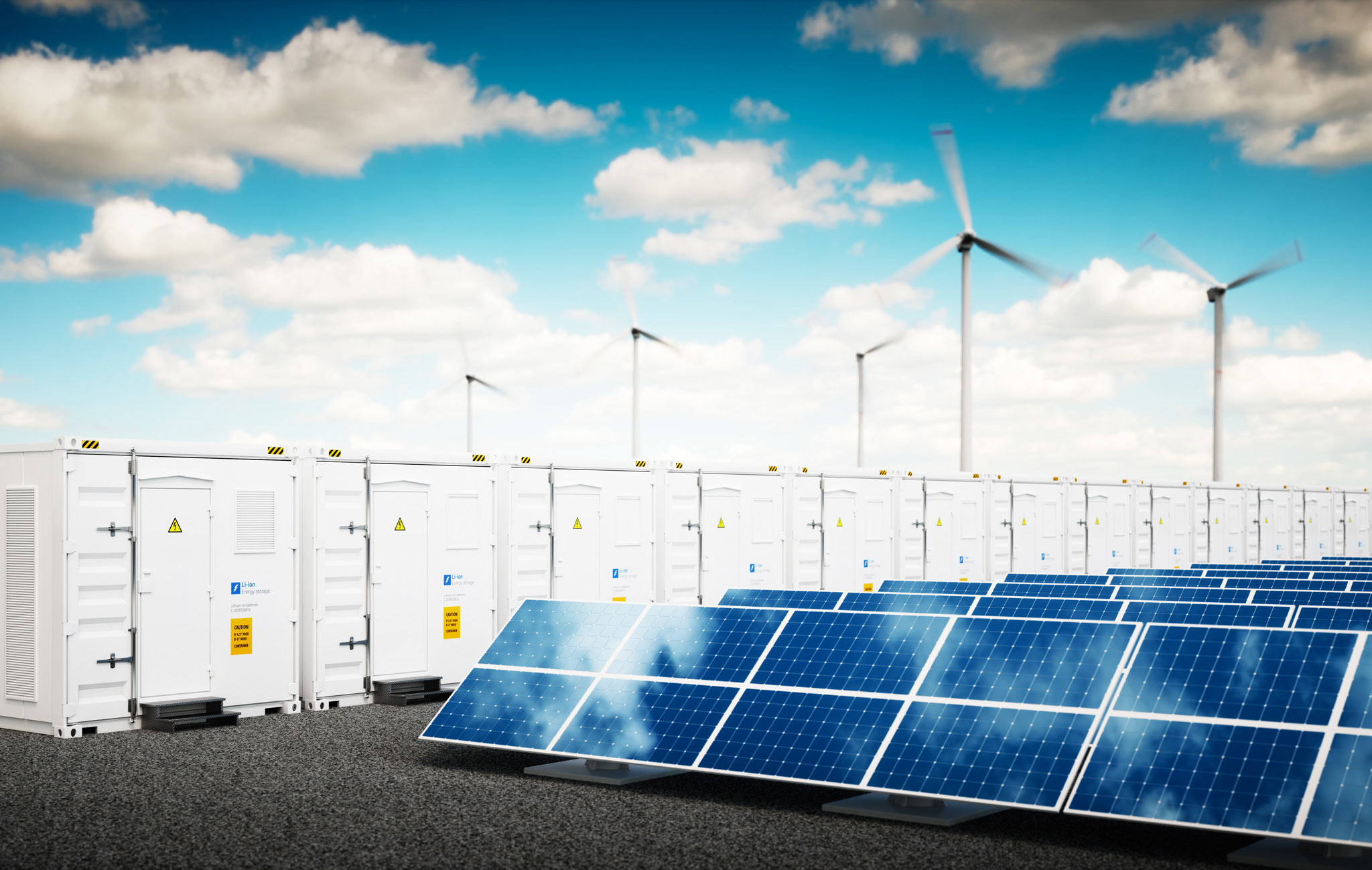
Introduction
Solar energy has emerged as a promising solution in the quest for sustainable power generation. As the world continues to grapple with the challenges of climate change, the integration of solar energy with carbon capture and storage (CCS) technology presents a unique opportunity to mitigate carbon emissions. This article aims to delve into the intricacies of solar energy’s role in CCS, highlighting the potential benefits and challenges associated with this innovative approach.
Historical Background
The utilization of solar energy dates back thousands of years, with ancient civilizations harnessing the power of the sun for heating and lighting purposes. However, it is only in recent decades that solar energy has gained significant traction as a viable source of electricity generation. Concurrently, the development of CCS technology has progressed, driven by the urgent need to reduce greenhouse gas emissions. Milestones such as the first large-scale CCS project in the 1970s and subsequent advancements in the field have paved the way for the integration of solar energy and CCS.
Key Concepts and Definitions
Solar energy encompasses various forms, including photovoltaic and concentrated solar power. Photovoltaic systems convert sunlight directly into electrical energy, while concentrated solar power utilizes mirrors or lenses to concentrate sunlight and generate heat. On the other hand, CCS refers to the capture, transportation, and storage of carbon dioxide produced from industrial processes or power generation. It encompasses pre-combustion, post-combustion, and oxy-fuel combustion methods. The integration of solar energy and CCS involves combining these technologies to maximize their collective potential in reducing carbon emissions.
Main Discussion Points
Benefits of using solar energy in carbon capture and storage
Solar energy offers numerous advantages in the context of CCS. Firstly, solar power generation produces minimal carbon emissions, providing a clean and sustainable energy source for CCS processes. By replacing fossil fuel-based electricity with solar energy, the overall carbon footprint of CCS can be significantly reduced. Additionally, solar energy has the potential to power CCS operations directly, eliminating the need for external electricity sources.
Challenges and limitations of integrating solar energy with carbon capture and storage
Despite its benefits, the integration of solar energy with CCS faces several challenges. The intermittency and variability of solar power pose operational difficulties for CCS systems that require consistent energy inputs. Moreover, the integration of solar energy into existing CCS infrastructure may entail substantial costs and technical complexities. These challenges must be addressed to ensure the successful integration of solar energy into CCS systems.
Potential synergies between solar energy and carbon capture and storage
Apart from providing electricity for CCS, solar energy can be harnessed for direct air capture, a process that removes carbon dioxide directly from the atmosphere. Excess solar energy can also be utilized for enhanced oil recovery or other industrial processes, maximizing the efficiency and value of solar-powered CCS systems.
Case Studies or Examples
Several successful projects have already demonstrated the effective integration of solar energy and CCS. One notable example is the Petra Nova facility in Texas, which combines a coal-fired power plant with a solar farm to capture and store carbon emissions. Additionally, pilot projects exploring the integration of solar energy and CCS have shown promising results in terms of reducing carbon emissions and improving energy efficiency.
Current Trends or Developments
Advancements in solar energy technologies, such as improvements in photovoltaic efficiency and the development of novel materials, have the potential to enhance the integration of solar energy with CCS. Researchers are also exploring innovative approaches, such as solar thermochemical processes, to further optimize the utilization of solar energy in CCS systems. These developments signify a positive trend towards more efficient and effective solar-powered CCS.
Challenges or Controversies
Despite the potential benefits, some criticisms and concerns surround the integration of solar energy with CCS. Skeptics argue that solar energy alone may not provide a reliable and consistent power source for CCS, given its intermittent nature. Additionally, disagreements exist within the scientific community regarding the overall effectiveness and efficiency of solar-powered CCS systems. Ongoing research and technological advancements aim to address these concerns and improve the feasibility of solar energy in CCS.
Future Outlook
The integration of solar energy and CCS holds immense potential for combating climate change and achieving sustainable energy solutions. The future growth of this integration largely depends on supportive policies, regulations, and incentives. Governments and stakeholders must collaborate to create an enabling environment that encourages investments in solar energy and CCS, paving the way for a cleaner and greener future.
Conclusion
In summary, exploring solar energy’s role in carbon capture and storage presents a compelling opportunity to mitigate carbon emissions and combat climate change. The combination of solar energy and CCS offers numerous benefits, including reduced carbon footprints and the potential for direct air capture. However, challenges related to intermittency and cost must be addressed, and ongoing research and development are crucial for the successful integration of solar energy with CCS.
References
- Smith, A. B., et al. (2020). Solar energy integration in carbon capture and storage (CCS) systems: A review.
- Renewable and Sustainable Energy Reviews, 134, 110391.
- Petrovic, A., & Gielen, D. (2019). Solar energy and CCS: Matching clean energy supply with carbon capture and storage. Energy Strategy Reviews, 26, 100416.
- Global CCS Institute. (2021). Petra Nova Carbon Capture and Storage Facility. Retrieved from https://www.globalccsinstitute.com/projects/petra-nova-carbon-capture-and-storage-facility/.